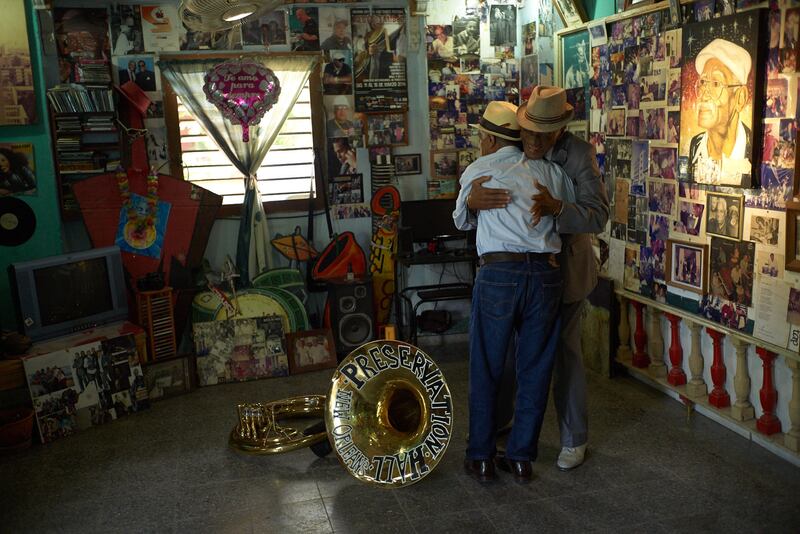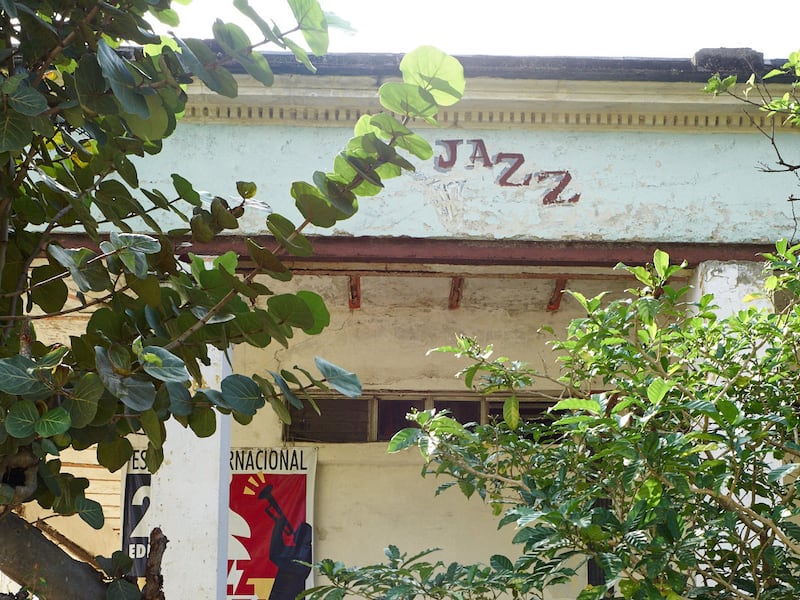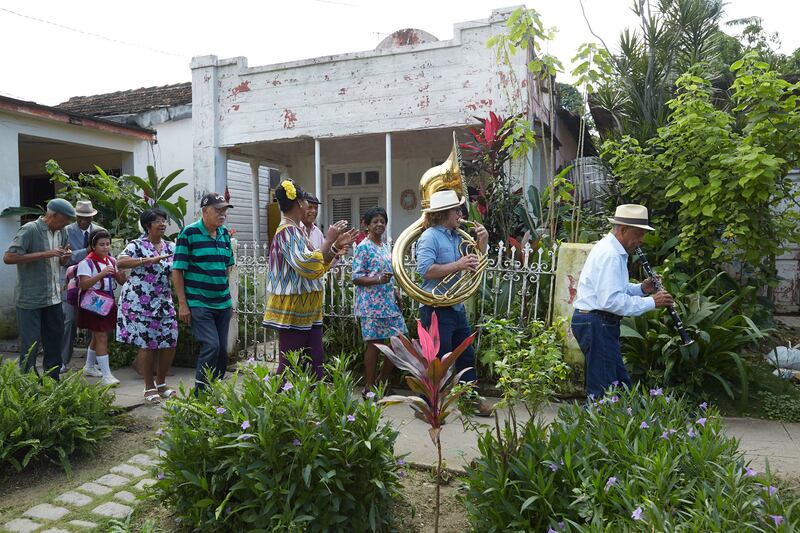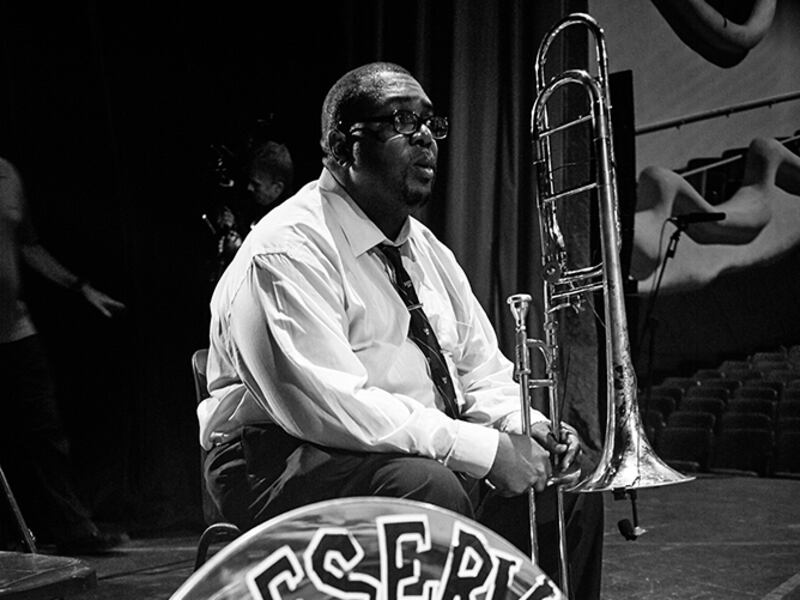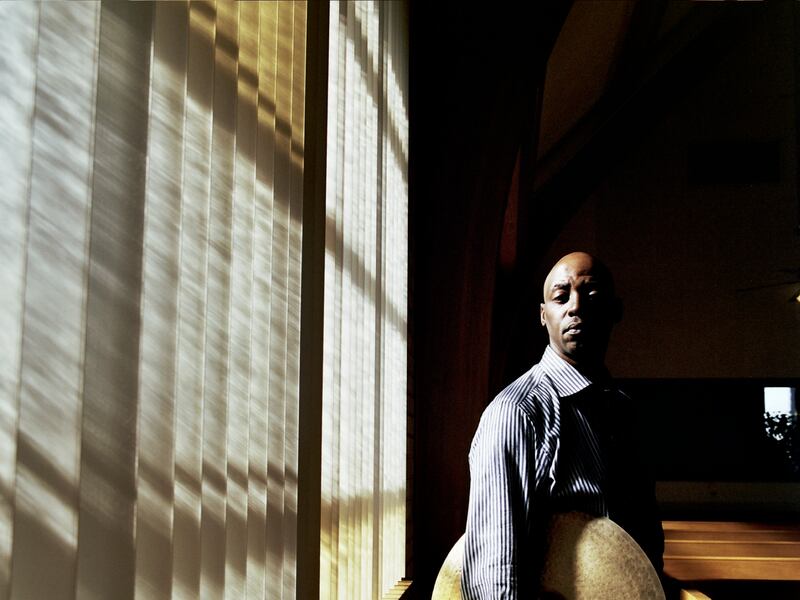“A TUBA TO CUBA” — 3 stars — Ben Jaffe, Charlie Gabriel, Walter Harris, Ronell Johnson, Clint Maedgen; NR; Broadway; running time: 84 minutes
SALT LAKE CITY — “A Tuba to Cuba” is a portrait of a band and a celebration of the way music can bring people and cultures together.
Directed by T.G. Herrington and Danny Clinch, “Tuba to Cuba” follows New Orleans’ beloved Preservation Hall Jazz Band on a historic trip to Cuba. Guided by band leader Ben Jaffe, the film examines the connections between American Jazz and traditional Cuban music as the band travels throughout the country performing in formal and informal venues.
As the film opens, Jaffe offers a brief history of the Preservation Hall Jazz Band, which was founded by Jaffe’s father, Allan, in the turbulent atmosphere of the 1960s and stood as one of the few “open venues” that allowed whites and blacks to interact socially in New Orleans.

Decades later, Jaffe has taken up the torch (and the tuba) from his father and is the de facto leader of a collection of talented jazz musicians. The documentary comes together as the band prepares for a long-planned trip to Cuba, where band members hope to make a connection to music they see as foundational to their craft.
Over the film’s comparatively brief 84-minute run time, “Tuba to Cuba” interviews different members of the Preservation Hall Jazz Band, visits seasoned Cuban musicians and craftsmen and captures the joy and passion of its musical subject matter.
The story is pretty linear, but certain scenes elevate the emotional resonance of the journey. One especially striking moment came as Preservation Hall drummer Walter Harris explained how playing in prison gave him a redemptive shot at a future. From there, “Tuba to Cuba” shifts to a scene of band members seeing for the first time a set of special percussive chairs that a group of slaves in Cuba built to get around slave owners' ban on slaves owning traditional drums.
We also see the music crossing cultural and language barriers, as musicians who speak different languages are able to find connection on the keys of a piano, and different kinds of music meld and merge in street jams in between more formal performances.

“Tuba to Cuba” is packed full of toe-tapping musical moments. But the impact of the percussion-heavy music is amplified by the rhythm and pace of the film’s editing, intercutting clips of performers with the vibrant and active culture on the streets of Havana and other Cuban locales in a way that often makes the film itself feel like a performance.
Throughout the journey, “Tuba to Cuba” cuts back to scenes of Jaffe quietly taping the name of the band into his tuba horn, a custom he explains goes back decades. Herrington and Clinch’s film has a special reverence for the power of music — not just jazz — and viewers should especially appreciate the subject matter’s tone of unity. Jazz fan or not, “A Tuba to Cuba” should resonate with anyone with an appreciation for the power of music.
Rating explained: “A Tuba to Cuba” is not rated but might earn a PG for some adult content (such as people drinking alcohol).



